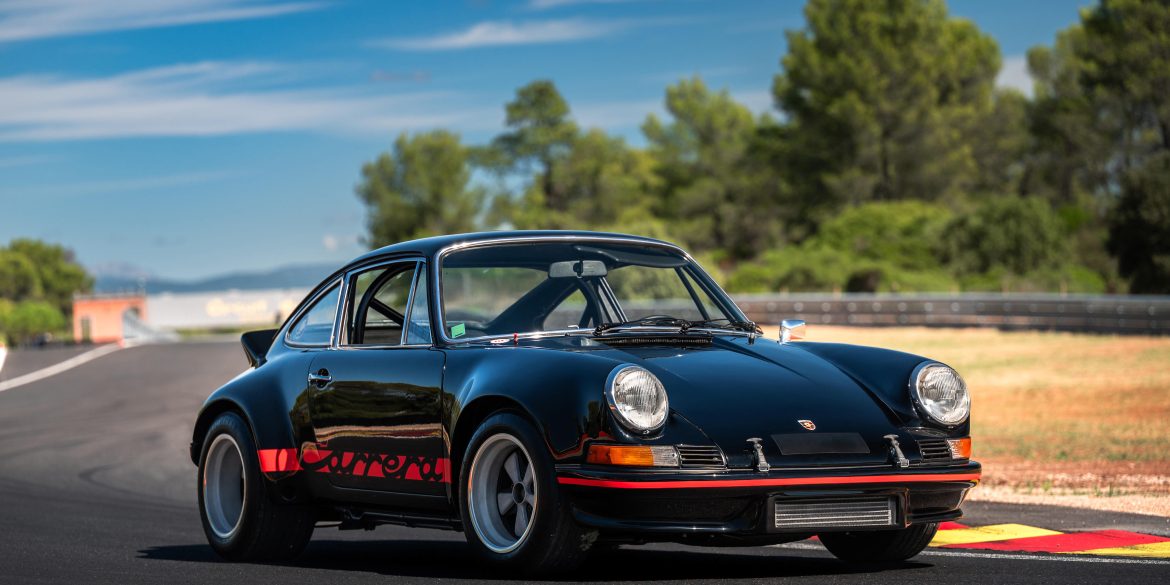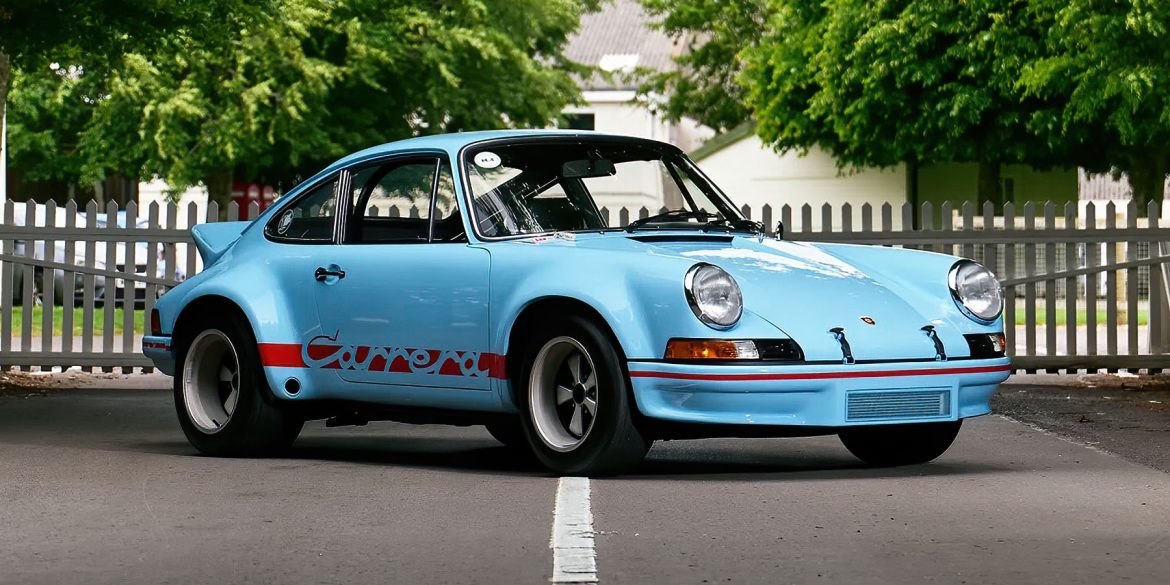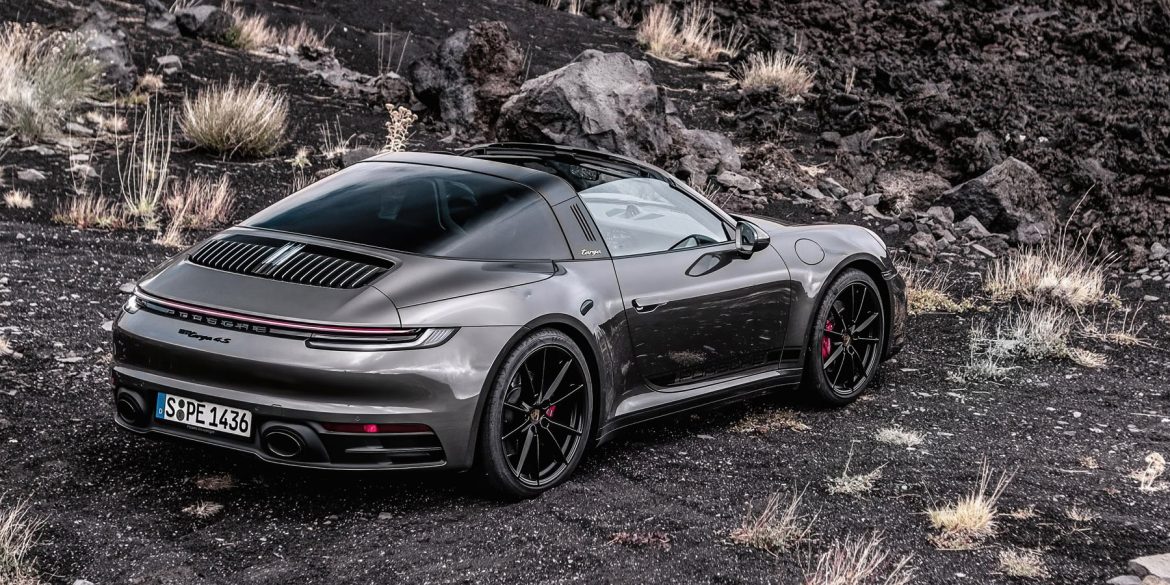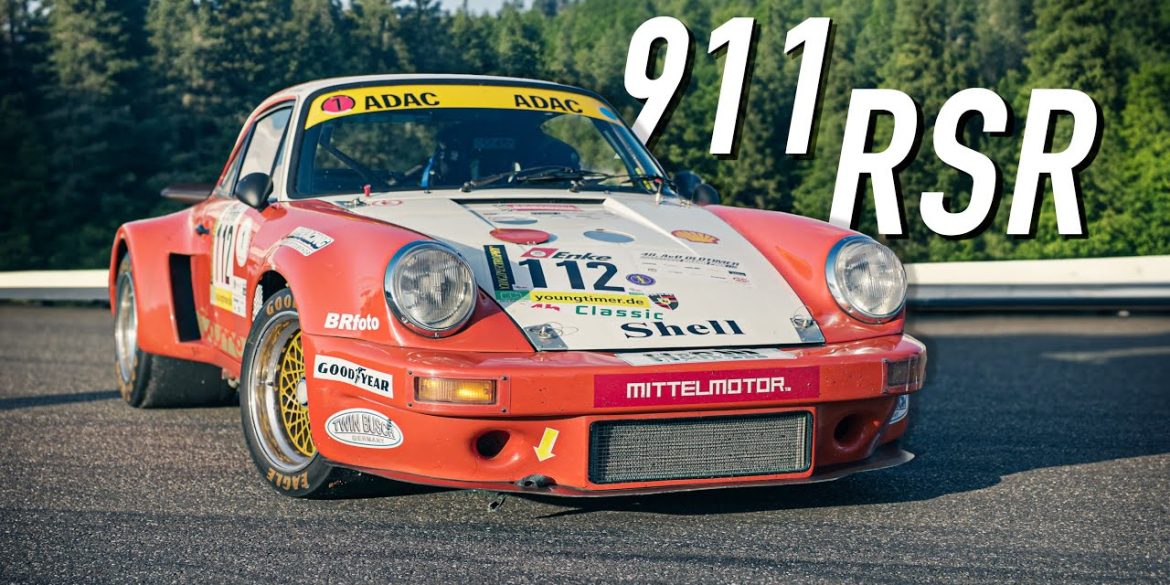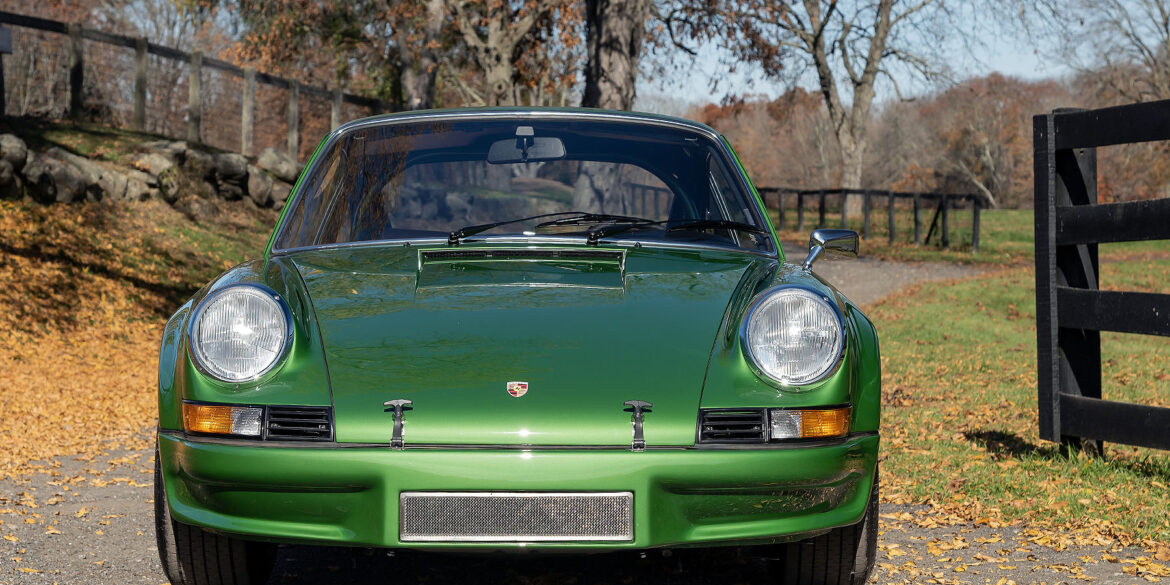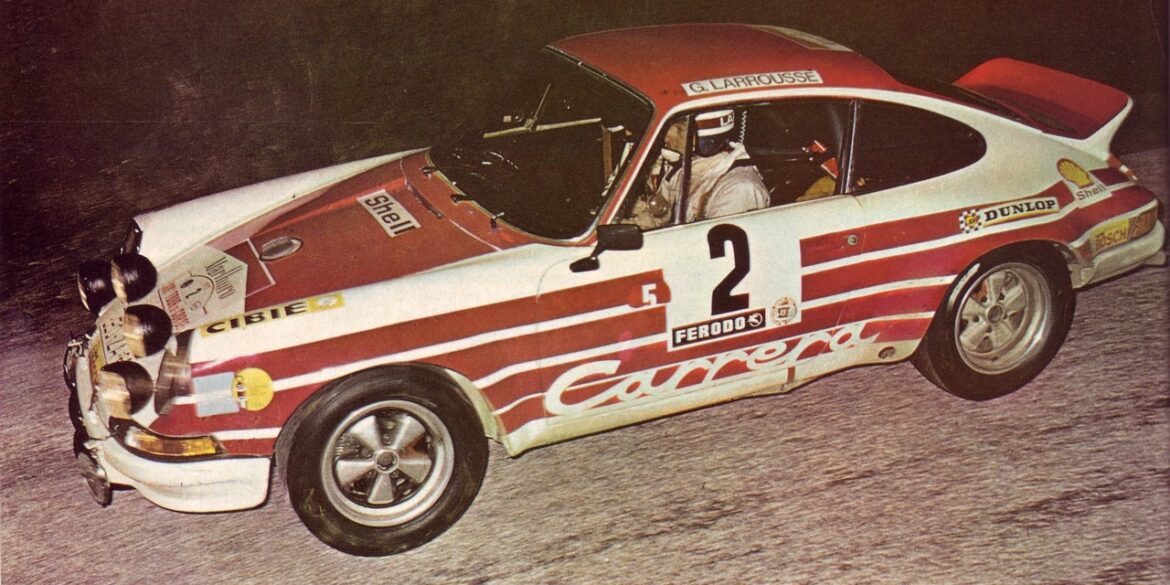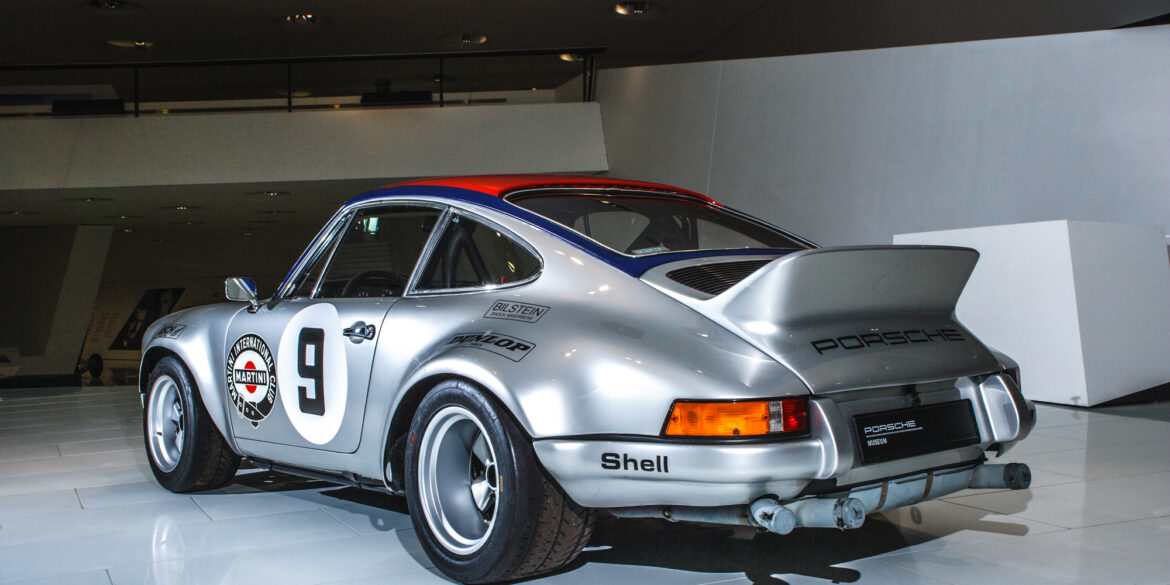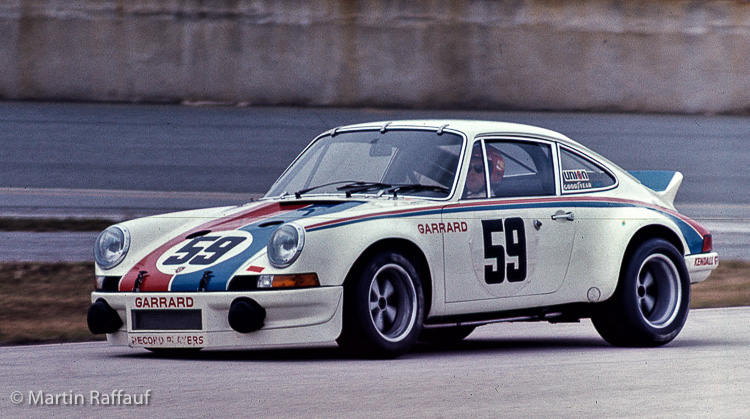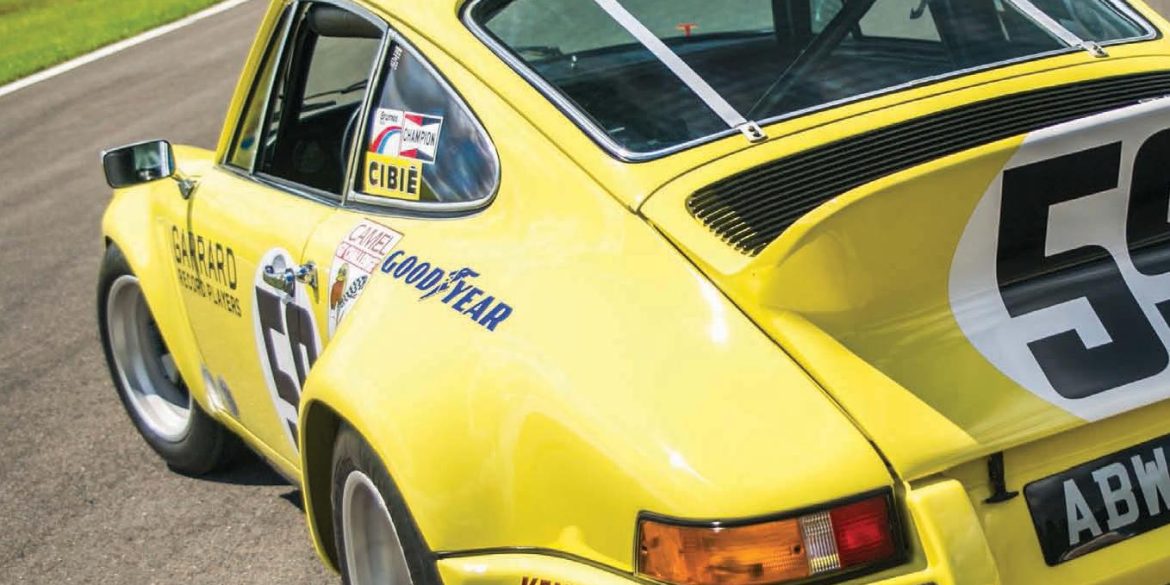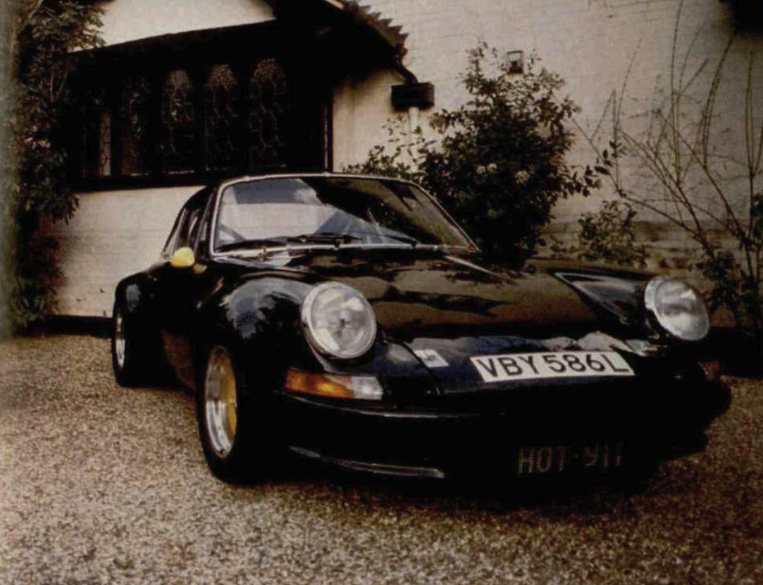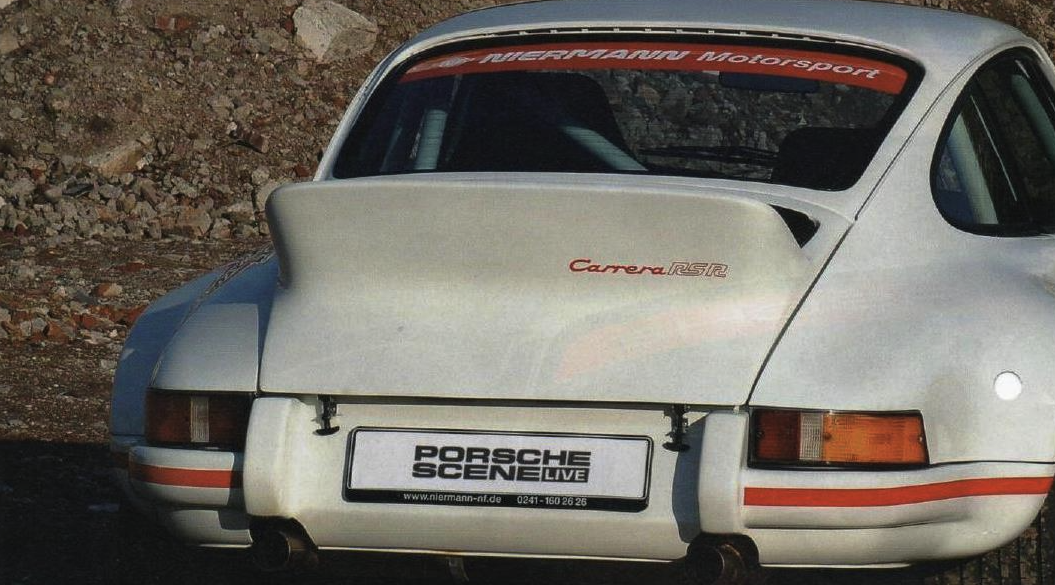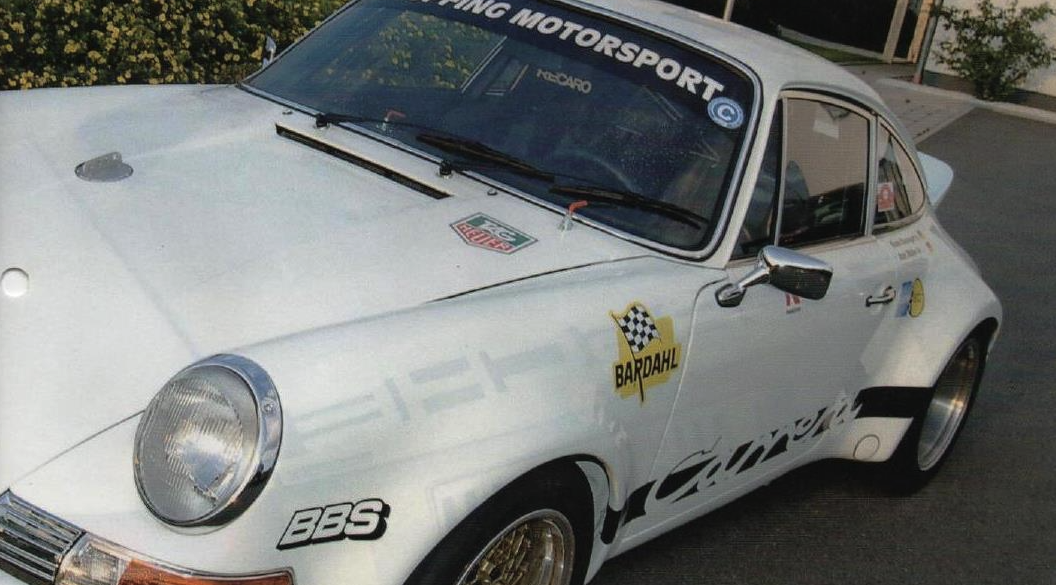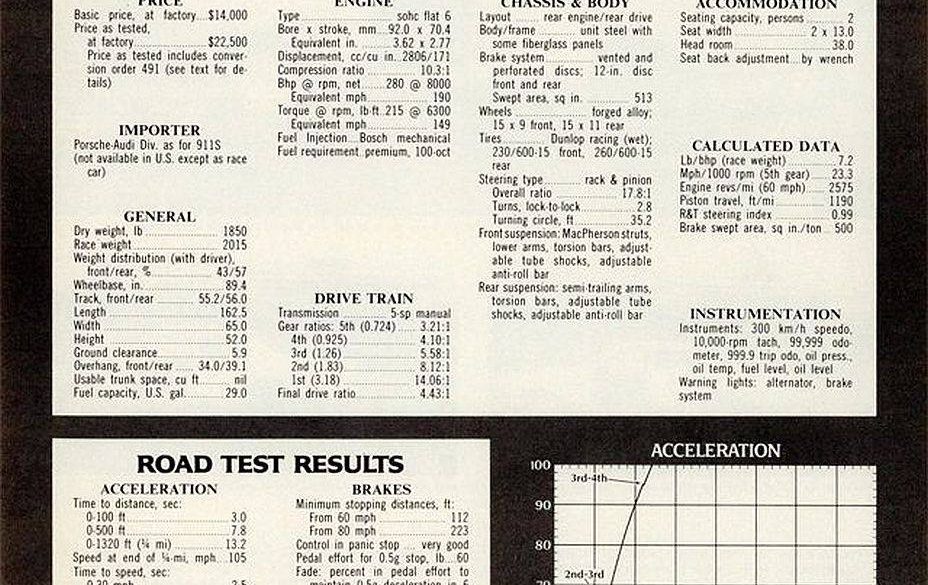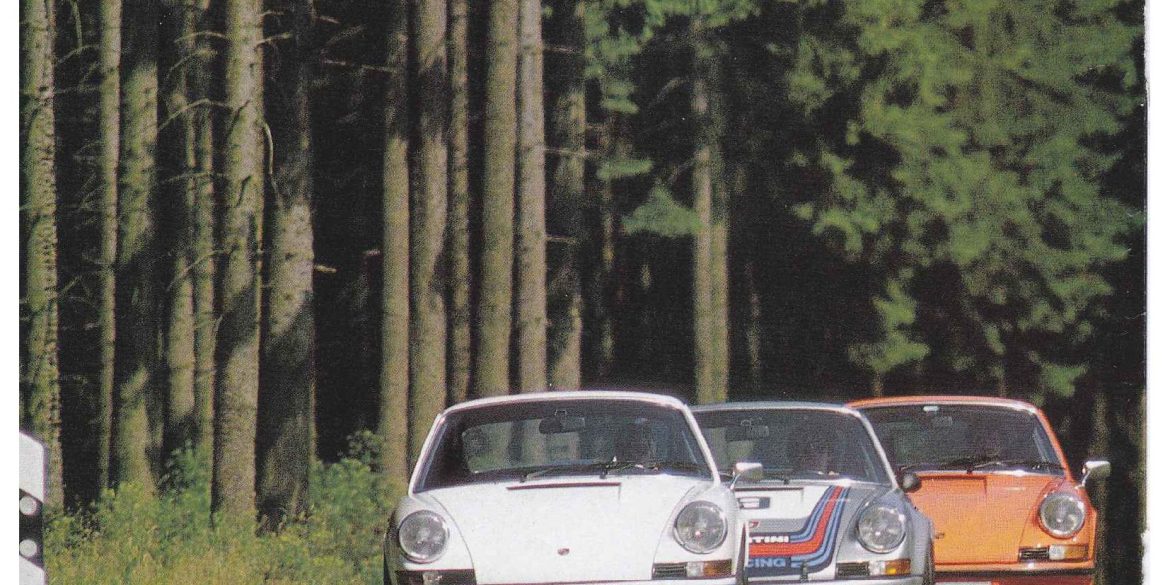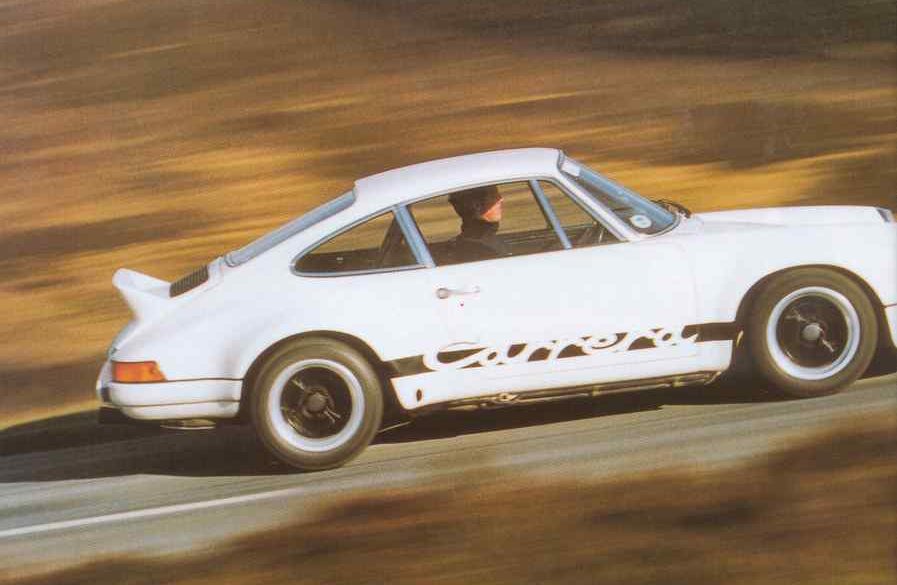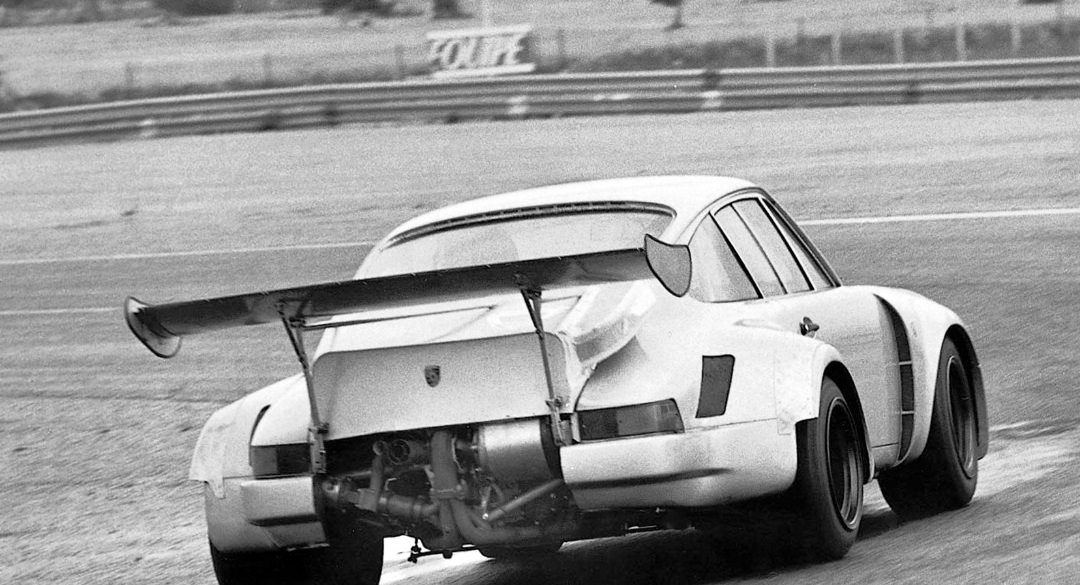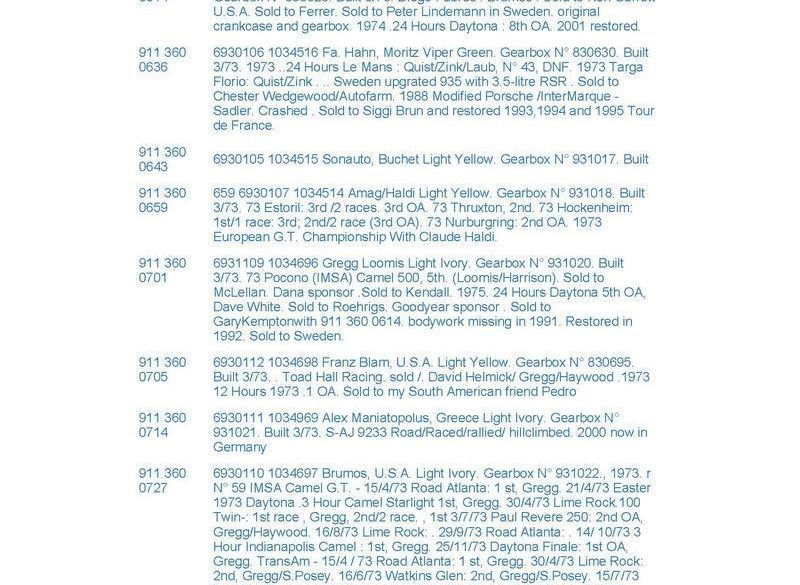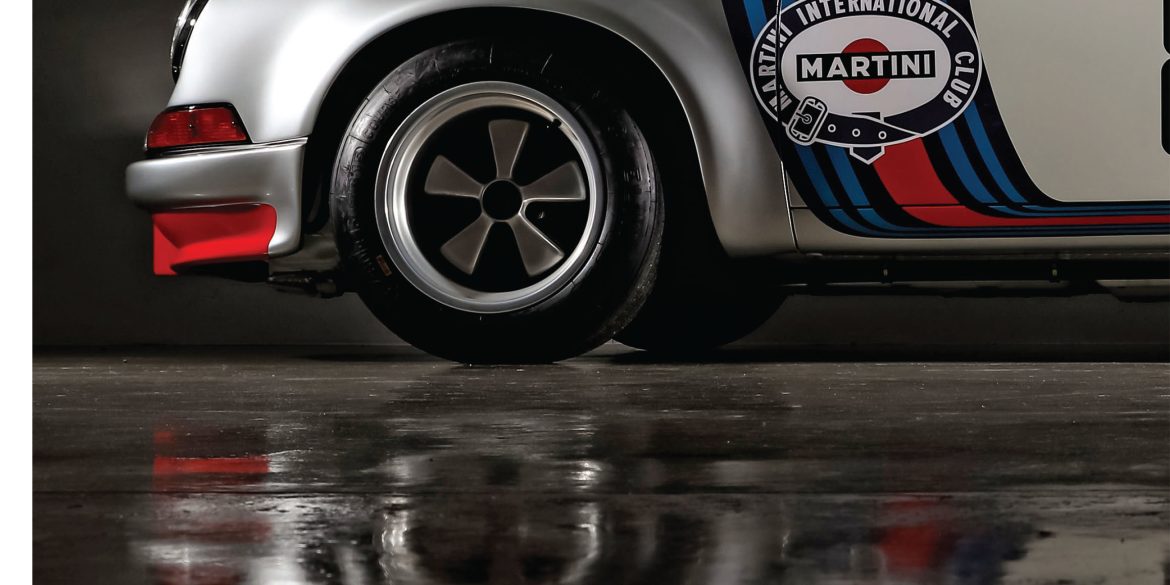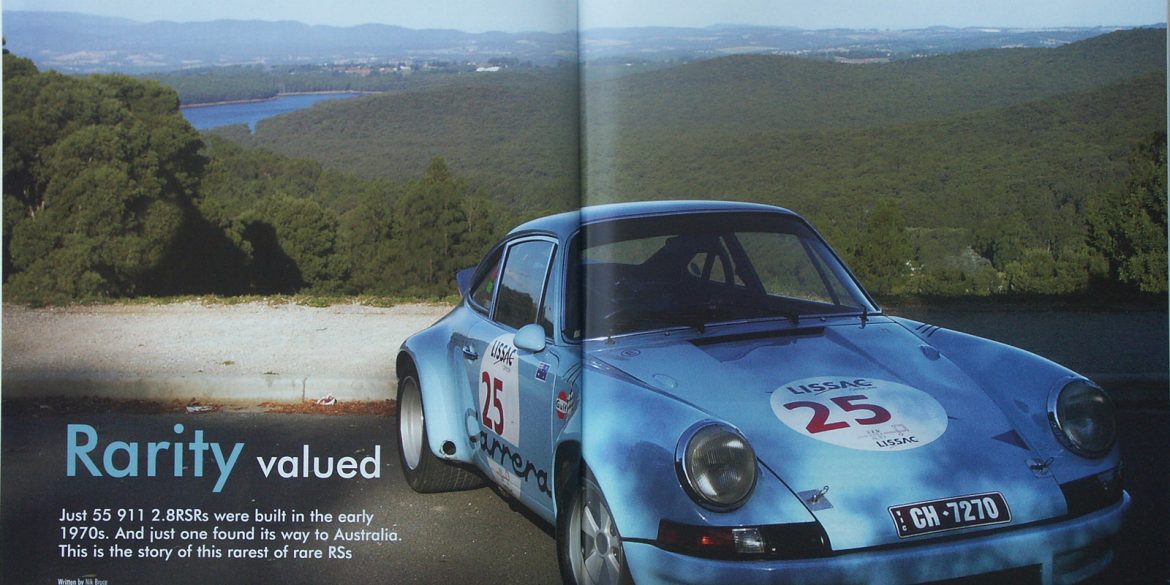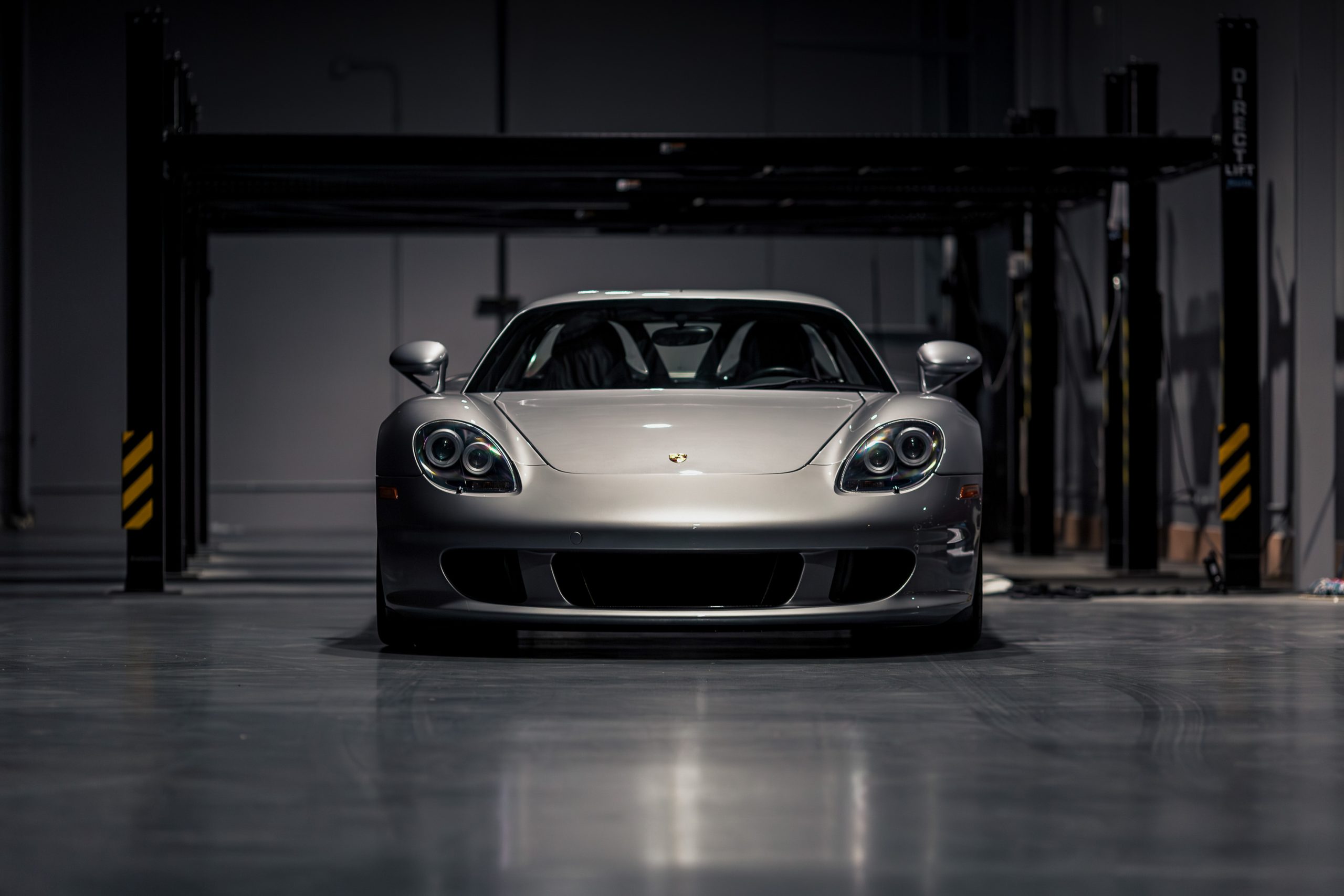A rare 1973 Porsche 911 Carrera 2.8 RSR will be offered at Bonhams Cars on October 12, with an estimated value of up to $1,800,000. One of only 49 built and the 30th example produced, it is one of just two finished in black. This example has significant provenance, having...
More than a Carrera 2.7 RS The Carrera RS was introduced in 1973 and homologated for Group 4 GT racing, with only 55 examples of the legendary and ultra-lightweight racing variant Carrera RSR 2.8 produced (RennSport Rennwagen), with many special features, including the highly tuned 2.8L flat-six, 5cm-wider front and...
The life of Jonkheer Gijsbert “Gijs” van Lennep is by no means short of special moments. In 1971, he won the legendary 24 Hours of Le Mans in a Porsche 917, repeating the feat in 1976 in the Porsche 936. He drove in Formula 1 and won the sports car...
Most Porsche fans know little about this epic wide-bodied 911 based race car. While the iconic 2.7 RS is every fan boys dream car, the RSR is the whole reason for the RS’s existence in the first place so we are dedicating some space here to tell you all about it. Introduced in...
Porsche’s 2.8 911 RSR Porsche needed to build 500 RSs in 1973 to get the RSR homologated for Group 4 racing. They were so popular that the company eventually built 1580 units. Consequently, the RS is almost common compared to the RSR that came out of the factory winning the...
Most Porsche fans know little about this epic wide-bodied 911 based race car. While the iconic 2.7 RS is every fan boys dream car, the RSR is the whole reason for the RS’s existence in the first place so we are dedicating some space here to tell you all about it. Introduced in...
When the idea came up of producing a series of race cars for the mainly-amateur racers who drove such GT vehicles in the early 1970s, the factory management was skeptical as to whether it would prove to be a profitable venture. After all, the factory had been in this line...
Having spent its early days as a test and development hack, this 911 Carrera RSR rose to the occasion when pressed into action in the final Targa Florio. 1973 was significant for a couple of reasons. The first is that on 3 April that year, the first mobile call was made by...
Daytona 24 Hours, 3-4 February 1973: The start 1973 Daytona 24 hours led by John Watson in the Mirage on pole 1973 saw a return to normality for the Daytona 24-hour race. The distance was set back at 24 hours, after running only a 6-hour length in 1972. Ferrari in...
1973 Porsche 911 Carrera RSR 2.8 Pictures & Gallery...
No Subscription? You’re missing out Get immediate ad-free access to all our premium content. Get Started Already a Member? Sign in to your account here....
The body of the first experimental chassis, 9113600576-R5, was modified from a 911 Carrera RSR 2.8 and lacked a sophisticated aerodynamic package. The chassis was equipped with a 911/76 engine producing approximately 500 hp. In this configuration, the car weighed up to 750 kg....
No Subscription? You’re missing out Get immediate ad-free access to all our premium content. Get Started Already a Member? Sign in to your account here....
No Subscription? You’re missing out Get immediate ad-free access to all our premium content. Get Started Already a Member? Sign in to your account here....
Introduced in 1973, the RSR was a factory-built racing car based on the 911 chassis. The Porsche 911 Carrera RSR 2.8 was the first 911 to ever wear the RSR badge. Homologated for racing by the iconic 1973 Porsche 911 Carrera RS, the RSR’s racing career got off to the perfect start thanks to Brumos Racing’s overall triumph in the 1973 24 Hours of Daytona, while a factory car won the latest ever Targa Florio road race. For the privateer in the mid-1970s who wanted to go sports car racing this was the chosen weapon.


